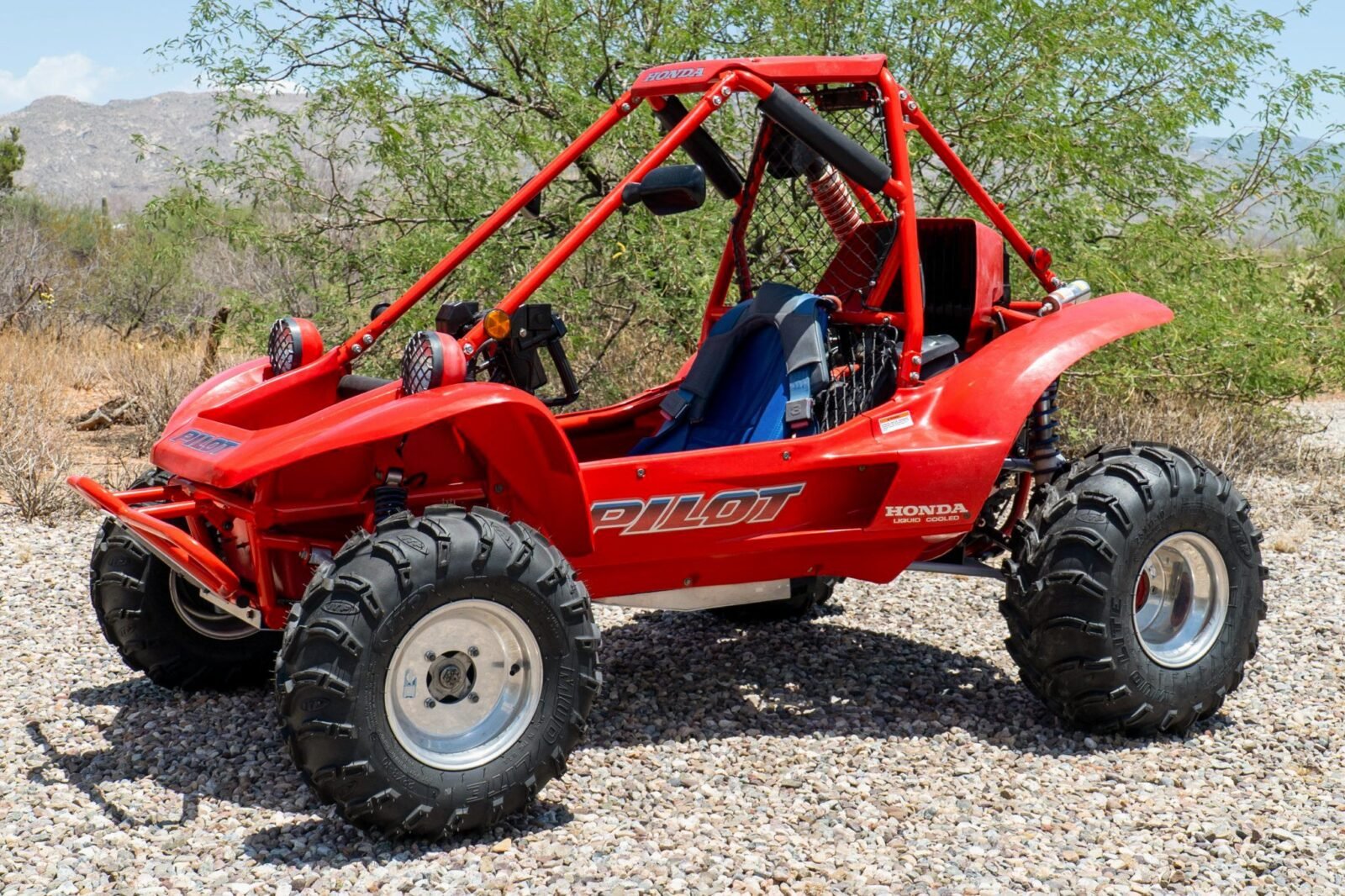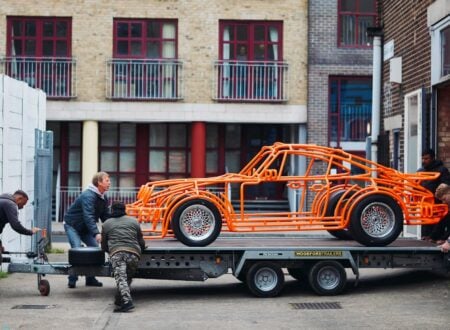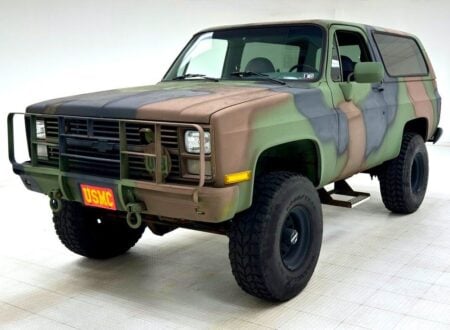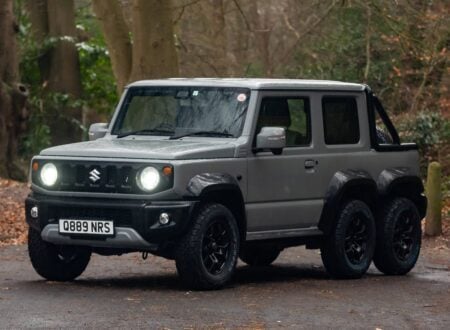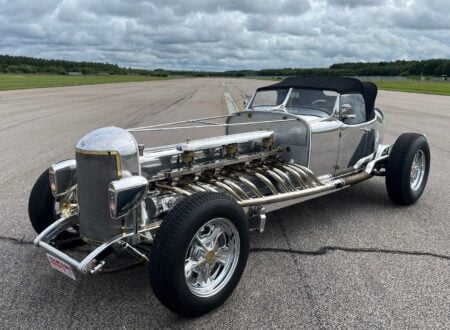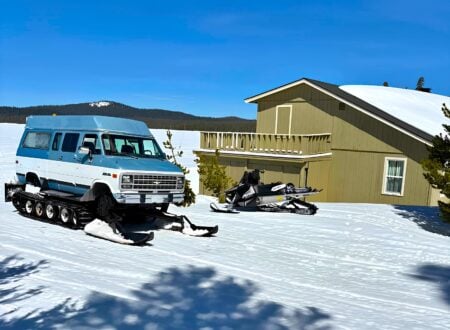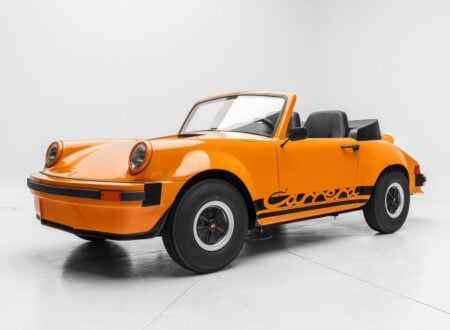This is a Honda Pilot FL400R from 1989 that has just been given a series of upgrades and some mechanical maintenance to get it ready for a new owner.
These Honda off-road buggies were designed to be as easy to drive as possible, with a CVT transmission and extremely simple controls that could be worked by anyone – regardless of whether they had ever driven a vehicle (or buggy) previously.


History Speedrun: The Honda Pilot FL400R
The Honda Pilot FL400R was introduced in 1989 as the successor to the Honda Odyssey FL350, it would mark the high-point of Honda’s single-seat off-road buggy development at the time. With its short two-year production run ending in 1990, the FL400R arrived ahead of its time – it combined lightweight construction, a good power-to-weight ratio, and driver-focused safety in a platform that anticipated the modern UTV market.
Development of the FL400R was based on the lessons learned from the earlier Odyssey models, particularly the FL250 and FL350, which had earned a reputation for recreational reliability but suffered from limited suspension travel, minimal driver protection, and underwhelming performance – particularly in more challenging off-road conditions.
The FL400R addressed those issues head-on. Honda engineers designed an all-new chassis, retained the CVT transmission for simplicity, and introduced a series of improvements to markedly increase both its capability and safety.
The Pilot FL400R was powered by a 397cc liquid-cooled, two-stroke, single-cylinder engine which was mounted transversely behind the driver, paired with a belt-driven CVT, and both electric and recoil starters. The engine had a reed valve intake and a tuned expansion chamber for improved scavenging. It produced approximately 40 bhp, enough to propel the 593 lb (269 kg) buggy to considerable speeds off-road.
The most significant leap over its predecessors came with the suspension system – the front used independent double wishbones with coil-over shock absorbers and 5.9 inches of travel, while the rear also had independent suspension with 7.1 inches of travel and remote reservoir shocks.
The result of these suspension improvements was a smoother, more controllable ride over rough off-road terrain – something earlier Odyssey models had conspicuously lacked. Braking was handled by front drums and a rear hydraulic disc.
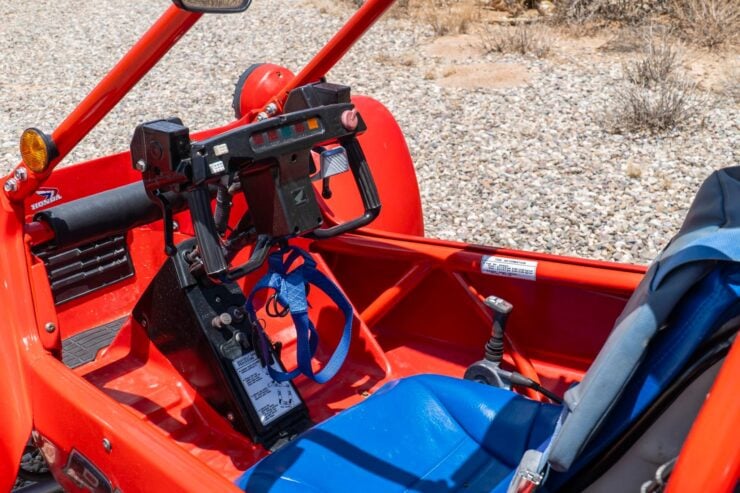

Safety was central to the FL400R’s design – a full roll cage surrounded the single-seat cockpit, with an integrated four-point safety harness. The throttle was controlled by a steering-wheel-mounted thumb lever, while braking was managed by a hand lever and a foot pedal. The yoke-style steering and wrist tethers were designed to keep the driver’s arms safe and inside the vehicle during rollovers.
In terms of size, the FL400R measured in at 86.4 inches long, 59.4 inches wide, and 57 inches tall with a 62.2 inch wheelbase and 9.3 inches of ground clearance. Despite its relatively compact dimensions, it was far more stable and capable than earlier Honda buggies.
Its styling was minimal, with a low-slung fiberglass body covering the lower part of the steel frame and a high-mounted air intake to help avoid dust and water intrusion into the engine’s intake.
The FL400R entered the market during a transitional time for off-road recreation, coming out of the wildly popular three-wheeler market which Honda had dominated, as four-wheeled quad bikes were becoming ever more mainstream. It was more powerful and advanced than most go-karts or early buggies but didn’t yet fit into the then-nascent UTV segment. At around $5,800 MSRP in 1989, it was priced well above entry-level ATVs, which made it a niche product.
Production ceased after 1990, in part due to tightening regulations and limited market size. Only a relatively small number of them were built, and surviving examples are now highly sought after, both for their historical significance and their fun, user-friendly driving experience.
The 1989 Honda Pilot FL400R Shown Here
The buggy you see here is a 1989 Honda Pilot FL400R that was bought by the seller in 2022 and then given a series of maintenance and upgrades to ensure it would be reliable for the next owner.
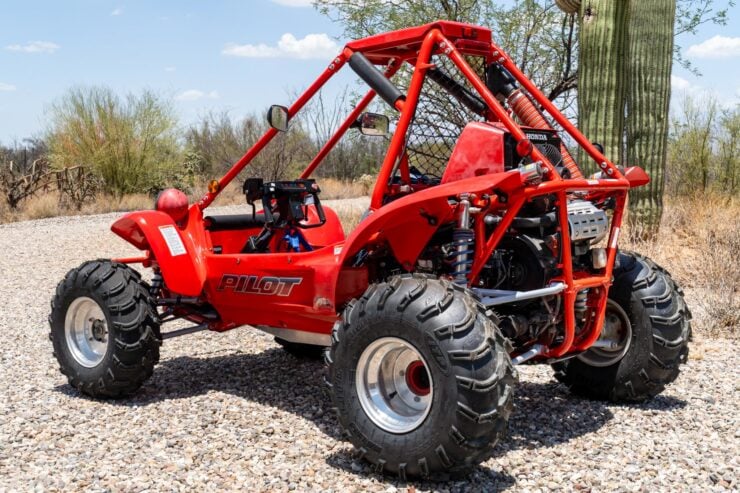

This mechanical work included refreshing the top end on the engine, refinishing the frame in red, replacing the wheels and tires, adding new decals, replacing assorted suspension components, a new solo seat, and more.
It’s now being offered for sale out of Tucson, Arizona with manufacturer literature, spare parts, and a clean Arizona title in the seller’s name. If you’d like to read more or register to bid you can visit the listing here.
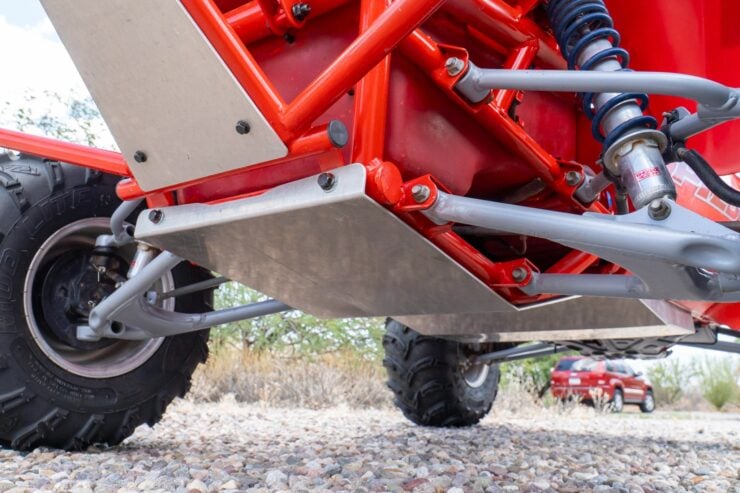
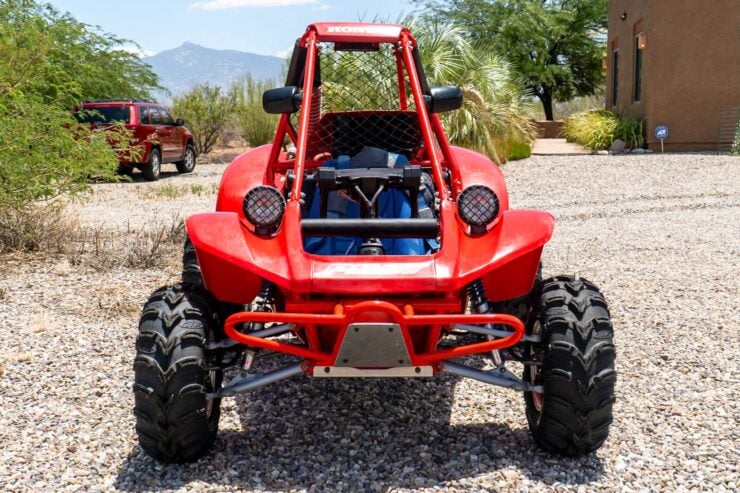
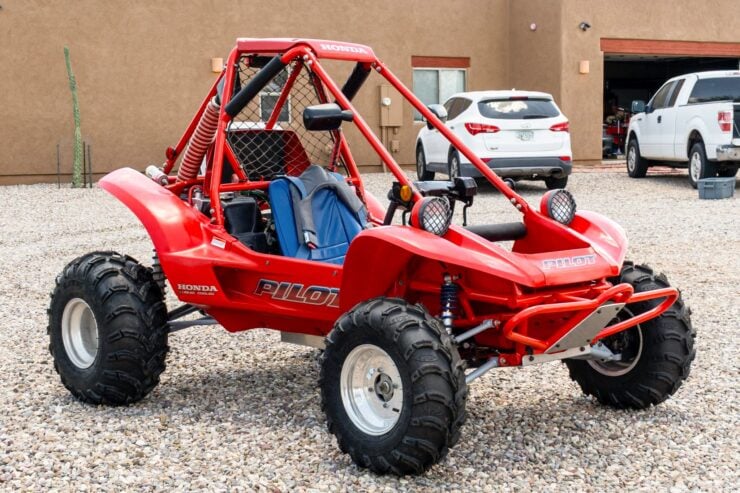
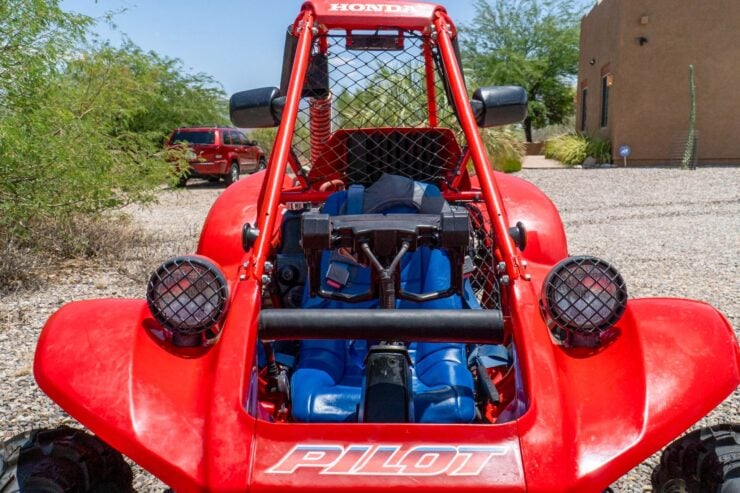
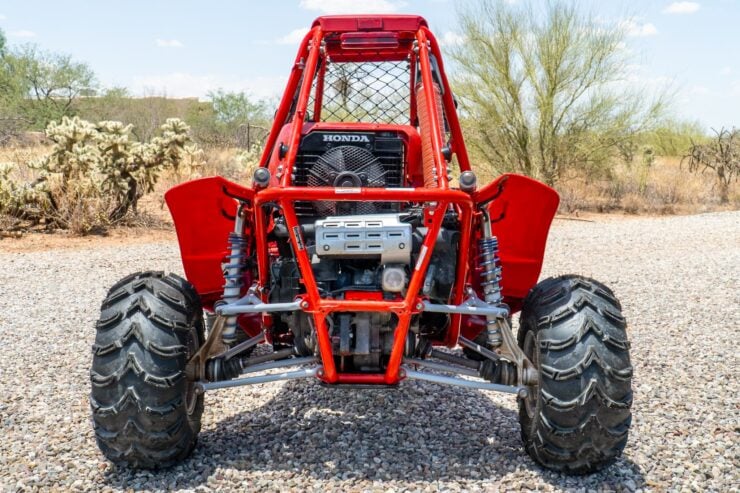
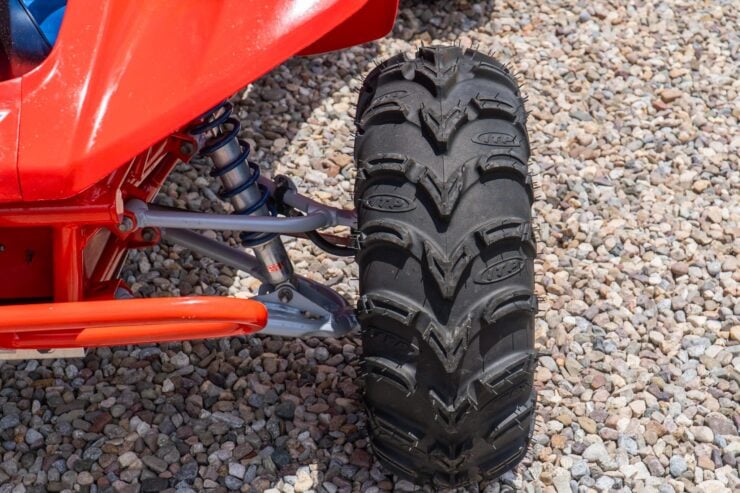
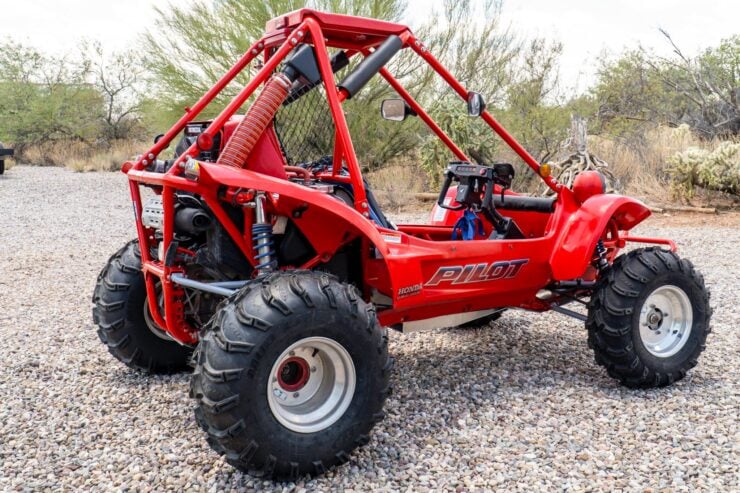
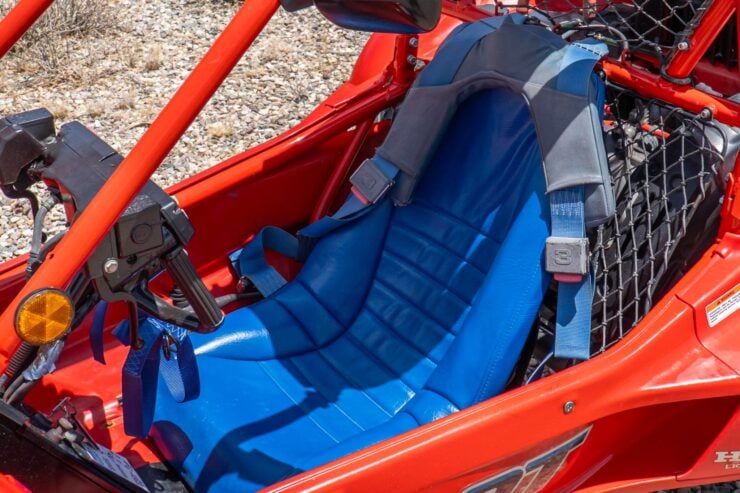
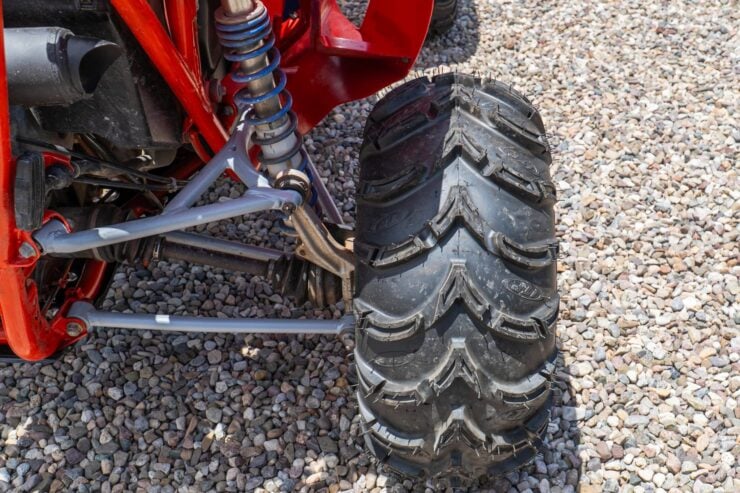
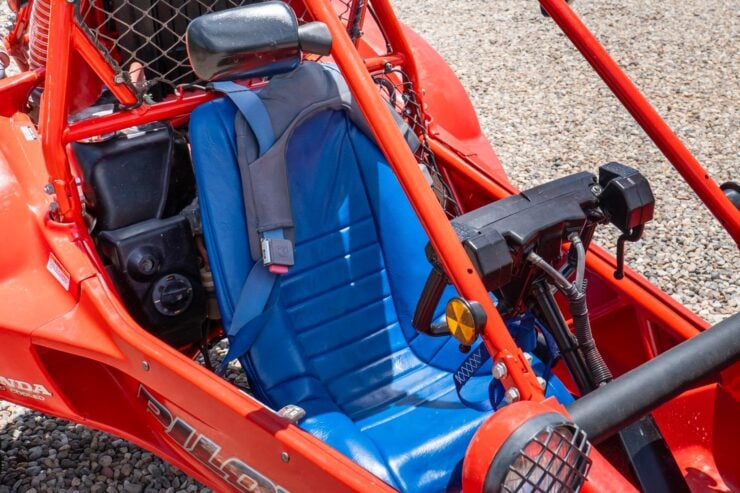
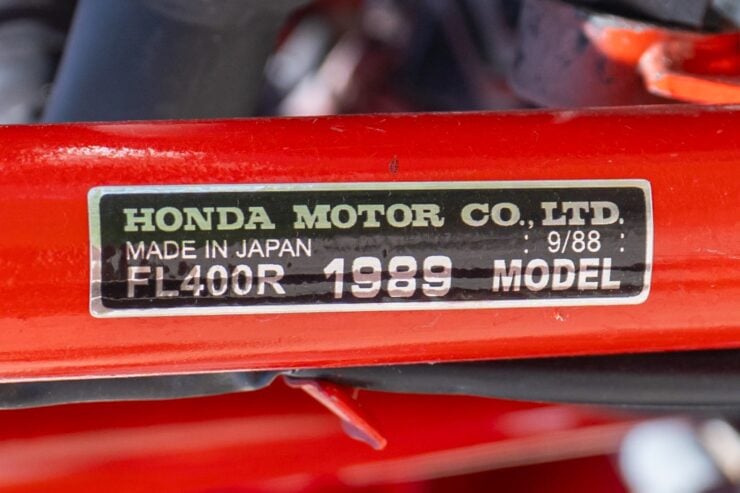
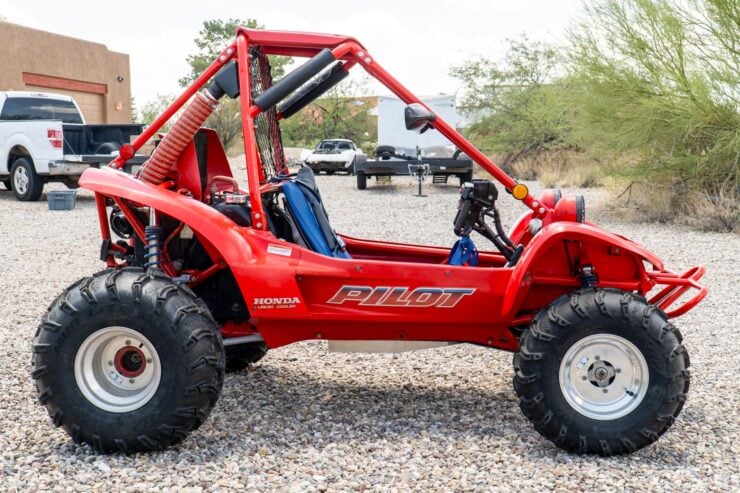
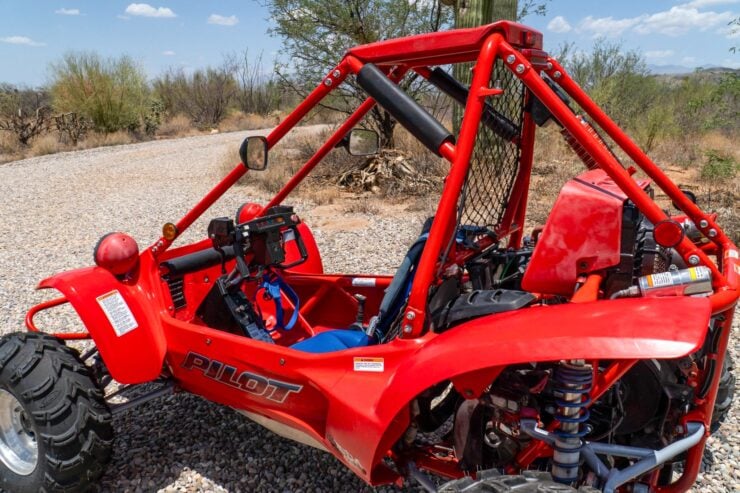
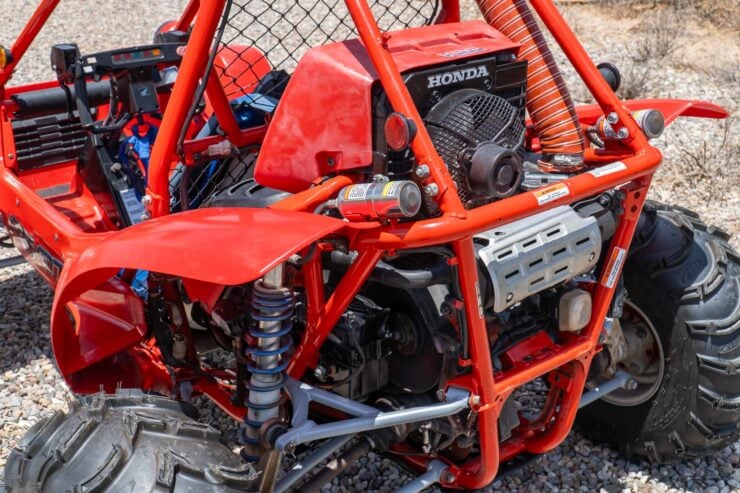
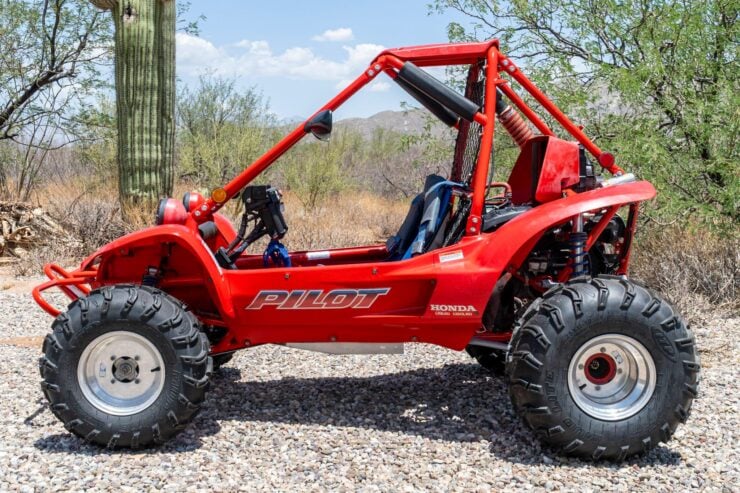
Images courtesy of Bring a Trailer

